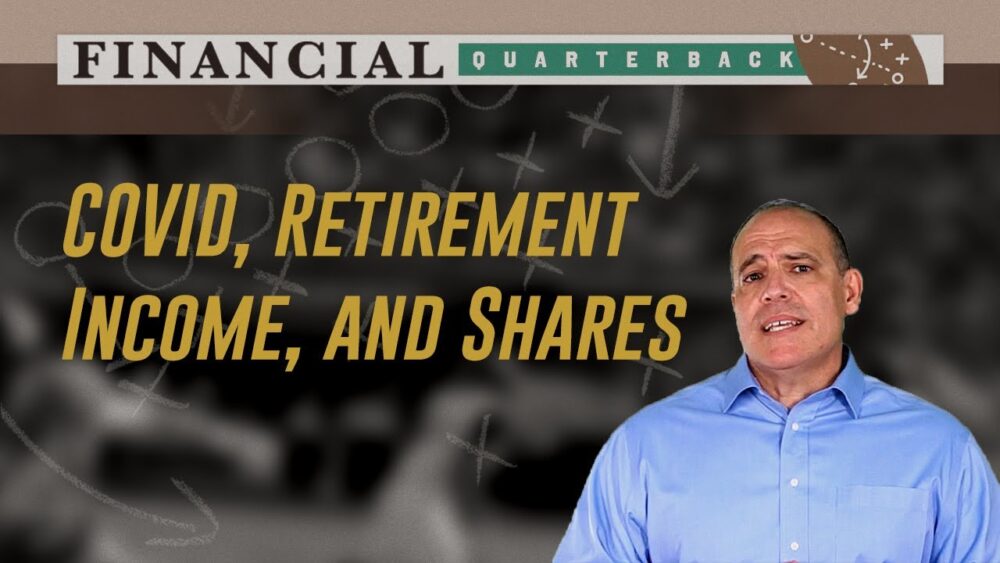You’ve probably heard the term dollar cost averaging over your years of making contributions into your retirement accounts. Dollar cost averaging is when you make a regular, fixed-dollar contribution into your investments regardless of what occurs in the market.
The number of shares you purchase each month will vary depending on the price of those shares. In a “down” stock market, your money will go farther and you can buy a lot of shares. In an “up” stock market, you will buy a lot fewer shares. Over time, however, this method reduces your average cost per share.
This strategy works very well during your accumulation phase (your working years) because you are accumulating shares. The more shares you have (and the higher the price of those shares), the more money you will eventually have.
However, when it comes time for retirement, something changes. Rather than putting money in, you start taking money out. Depending on what markets are doing, this switch could be the difference between you having enough to retire on and you running out of money.
This is called sequence of return risk and it’s basically the reverse of dollar cost averaging.
You see, its all about those shares and the value of those shares. When you are buying those shares in a “down” stock market, it helps because you will be buying more shares on a regular basis. However, when you start taking income, you are selling regularly.
So in order to generate the same income every month, you have to sell more and more shares. In addition, as you sell more shares, you will have less of a foothold in the market and less earning potential when the market goes up.
This combination, especially in a drastic down stock market like we have today, will run you a greater risk of running out of money during retirement.
You might not have contracted the coronavirus but, if you’ve been using a systematic withdraw of income for your stock market portfolio right now, your portfolio did. And for many investors, it’s not going to recover.
The most recent stock market downturn (combined with other downturns that have happened in the past), has placed a lot of stress on your portfolio. If you don’t adjust your income or make other changes, it might never recover.
If this situation sounds familiar, now is a good time to slowly reverse course and develop a retirement plan based on a more reliable income. Time to learn about the next steps for financial planning.


